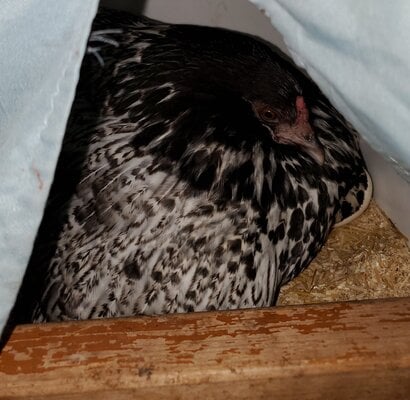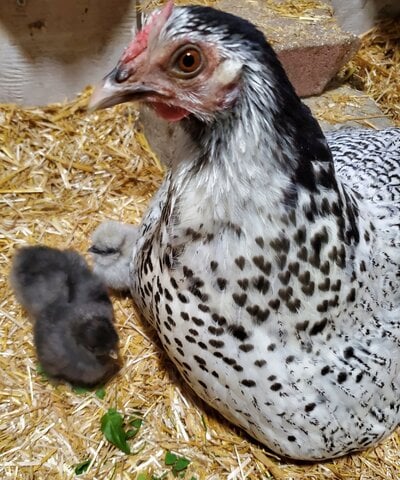LateBirdFarms
Crowing
(I hope I posted this in the right spot  )
)
So I tried the chicken calculator I found but it was all in genotype and not pheno, and I know nothing about how chicken genotypes work!
I was hoping to figure out if the spangled gene from my chicks Hamburg daddy would only show up on the girls? Or how that works in general.
The pairing was a Silver Spangled Hamburg Roo over a straight black silkie.
Can someone help me decipher if this would lead to a sexlink or spangled doesn't work that way?
Thanks!
So I tried the chicken calculator I found but it was all in genotype and not pheno, and I know nothing about how chicken genotypes work!
I was hoping to figure out if the spangled gene from my chicks Hamburg daddy would only show up on the girls? Or how that works in general.
The pairing was a Silver Spangled Hamburg Roo over a straight black silkie.
Can someone help me decipher if this would lead to a sexlink or spangled doesn't work that way?
Thanks!









